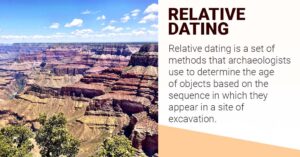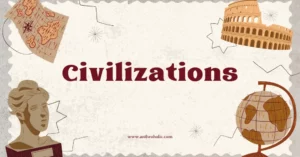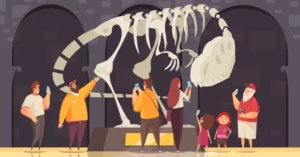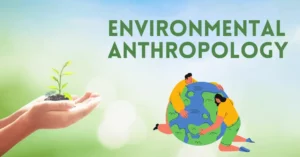AI Answer Evaluation Platform Live Now. Try Free Answer Evaluation Now
Museum and Cultural Heritage Studies
Museum and Cultural Heritage Studies (MCHS) constitute an essential discipline that dives into the world of historical artefacts, monuments, and heritage sites, shedding light on the richness and diversity of human culture and civilization. Rooted in history, archaeology, anthropology, and art history, it also embraces areas like conservation, management, education, and interpretation.
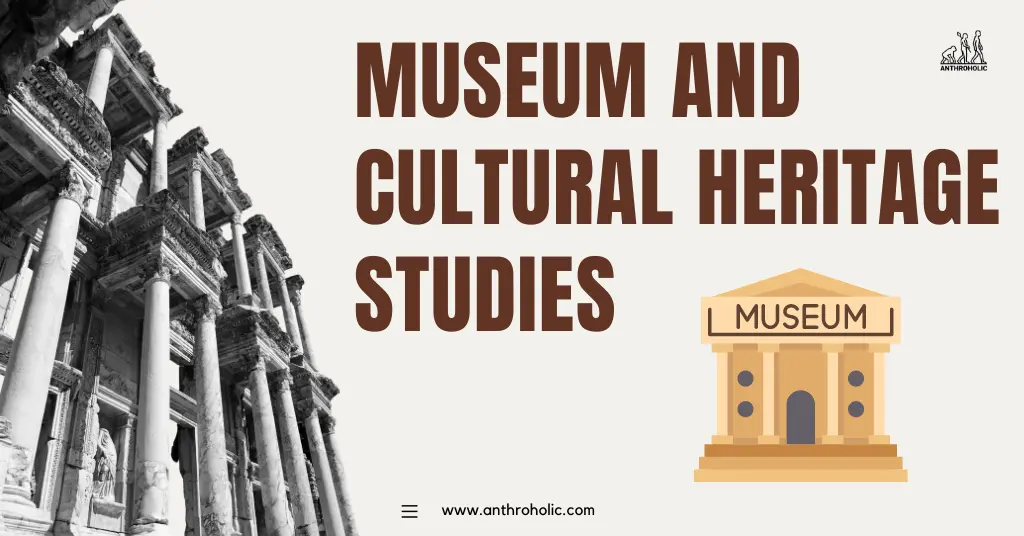
Understanding Museum Studies
Museum Studies: Definition
Museum studies, sometimes called museology, primarily focuses on the operation and purpose of museums. It covers an array of topics, including but not limited to:
- History of Museums
- Collections Management
- Exhibit Design
- Museum Education
- Museum Administration
Importance of Museum Studies
- Cultural Preservation: Museums act as stewards of cultural heritage, preserving artefacts and stories for future generations. Understanding museum studies is critical in maintaining this vital role.
- Education and Engagement: Museums provide unique educational opportunities, ranging from interactive exhibits to educational programs. Museum studies helps optimize these resources for visitor learning.
- Social Impact: Museums can shape societal norms and values. Through museum studies, professionals can use this potential to encourage positive change.
Delving into Cultural Heritage Studies
Cultural Heritage Studies: Definition
Cultural heritage studies is a multidisciplinary field that examines cultural heritage in its various forms – tangible and intangible, natural and cultural. It deals with:
- Interpretation of Heritage
- Heritage Management and Conservation
- Heritage Policies and Laws
- Cultural Tourism
Importance of Cultural Heritage Studies
- Protection and Conservation: Cultural heritage, whether tangible or intangible, is susceptible to destruction and loss. Knowledge of cultural heritage studies is critical in its protection and conservation.
- Socioeconomic Development: Cultural heritage can contribute to economic growth through tourism. It can also foster a sense of community and belonging, improving social cohesion.
- Historical Understanding: Studying cultural heritage offers insights into historical narratives, helping us understand and appreciate diverse cultures.
Bridging the Gap: Museum and Cultural Heritage Studies
Museum and cultural heritage studies, though distinct disciplines, are closely linked. They contribute to a shared goal: preserving and interpreting cultural heritage for current and future generations. As the table below illustrates, their integration creates a comprehensive and nuanced understanding of the field.
| Museum Studies | Cultural Heritage Studies |
|---|---|
| Focuses on the operation and purpose of museums | Emphasizes the importance and understanding of cultural heritage |
| Prepares for roles primarily in museums | Prepares for roles in a variety of settings, including government bodies, heritage sites, and NGOs |
| Centered on object-based learning and collection care | Centers on understanding heritage interpretation, policy, and management |
Trends in Museum and Cultural Heritage Studies
- Digital Transformation: Museums and cultural heritage sites are increasingly adopting digital technologies for conservation, research, and visitor engagement.
- Community Engagement: There’s an emphasis on museums and heritage sites serving their local communities, through inclusive exhibitions, educational programs, and partnerships.
- Sustainability: The importance of sustainable practices in the management and conservation of museums and heritage sites is gaining recognition.
Conclusion
Museum and Cultural Heritage Studies, though two distinct areas of study, are intertwined in their ultimate purpose: the preservation and interpretation of our shared human history. Through a nuanced understanding of both disciplines, professionals can better serve this mission and contribute to a deeper, richer understanding of the world’s diverse cultural heritage.
Suggested: Cultural Resource Management
https://anthroholic.com/cultural-resource-management
References
- Falk, J. H., & Dierking, L. D. (2012). The Museum Experience Revisited. Left Coast Press.
- Harrison, R. (2013). Heritage: Critical Approaches. Routledge.
- Mason, R. (2002). Assessing Values in Conservation Planning: Methodological Issues and Choices. In de la Torre, Marta (Ed.), Assessing the Values of Cultural Heritage. The Getty Conservation Institute.
- Simon, N. (2010). The Participatory Museum. Santa Cruz, CA: Museum 2.0.
- UNESCO. (2013). Intangible Cultural Heritage. https://ich.unesco.org/
- Vecco, M. (2010). A definition of cultural heritage: From the tangible to the intangible. Journal of Cultural Heritage, 11(3), 321-324.
